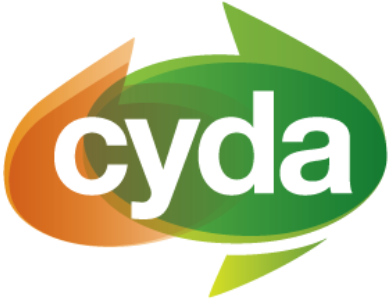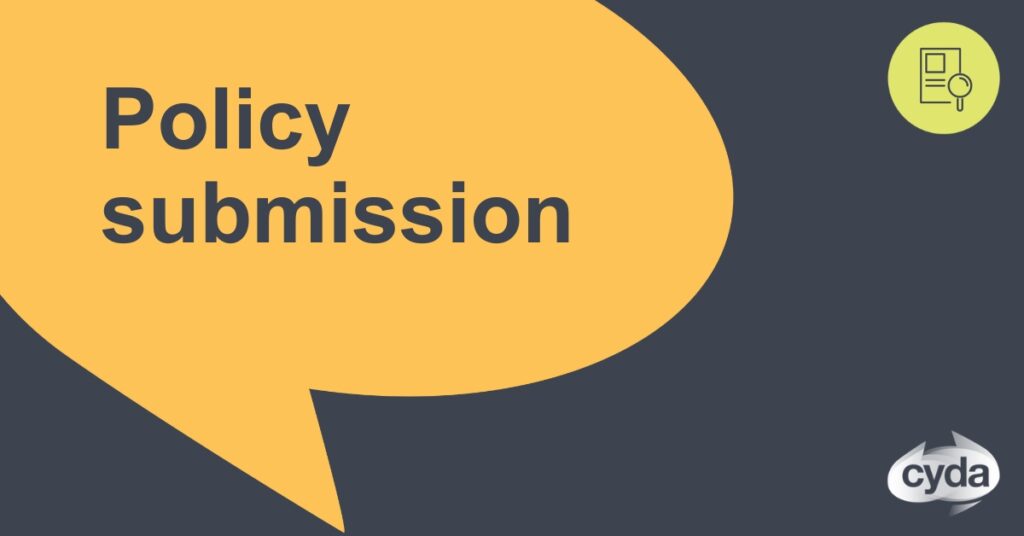Compared with other Organisation for Economic Co-operation and Development (OECD) countries, Australia has one of the lowest employment participation rates for people with disability. Only 9% of people with disability report they have the same employment opportunities as other people.
You can download our full submission using the buttons above.


